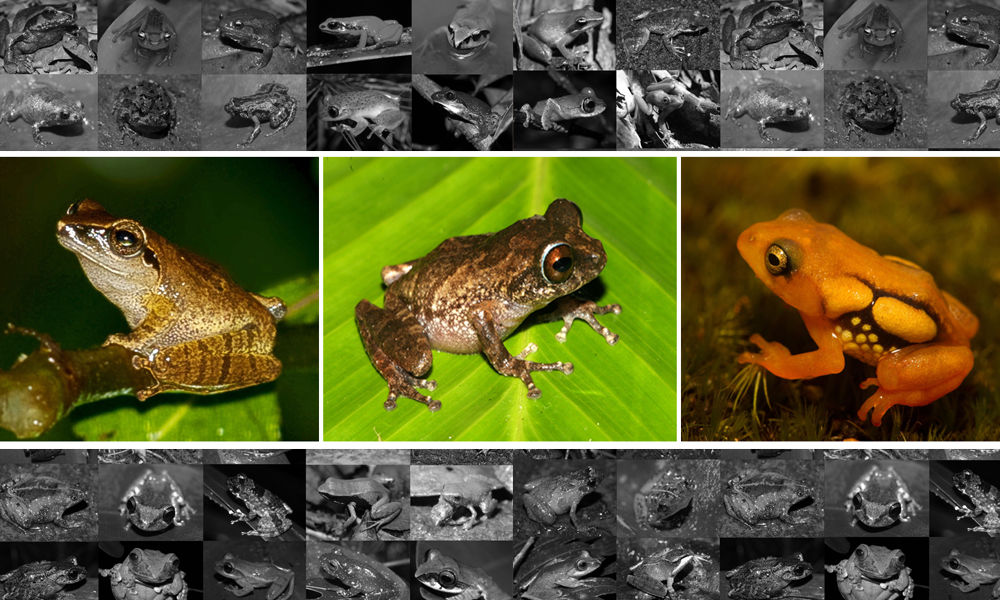In an updated checklist of Indian amphibians on its website, the Zoological Survey of India(ZSI) has listed 20 species as critically endangered and 35 as ‘endangered’, an official said on Sunday, May 17.
Some species of frogs found in the Western Ghats of Kerala, Maharashtra and Karnataka, and in some hills of the northeast are included in the list of ‘critically endangered’ species, the official said.
In the comprehensive checklist of the amphibian species uploaded on ZSI’s website on Friday, the number of the species has gone up to 447 from 284 in 2009, Goa-based environmentalist Nirmal U Kulkarni, who was part of the checklist updation exercise, said.
‘Among the amphibians listed, 20 species are’critically endangered’ and 35 species as ‘endangered’, he said.
The critically endangered species include Raorchestes resplendent, a shrub frog found in the high altitude region around the south Indian peak of Anamudi in Kerala, Raorchestes Katikati, also known as the Kaikatti bush frog found only in the Nelliyampathy Hills in the Western Ghats of Kerala and Raorchestes shillongensis species found in Shillong.
In addition, Pseudophilautus amboli, a rare shrub frog species endemic to the Western Ghats at Amboliin Maharashtra and Jog Falls and Kudremukh in Karnataka, has also been termed as critically endangered, Kulkarni said.
Kulkarni added that the updated comprehensive checklist will be useful to herpetology students, researchers, conservation scientists and policymakers to understand the diversity of Indian amphibians and their up-to-date nomenclature.
The list was compiled by research scientists K P Dinesh from ZSI’s western regional centre at Pune, C Radhakrishnan from Calicut, B H Channakeshavamurthy from ZSI, Calicut, P Deepak from Mount Carmel College, Bengaluru, and Nirmal Kulkarni from the Mhadei Research Centre in Goa.
Furthermore, the updated checklist has also listed 19 per cent of amphibians as ‘data deficient’ species and 39 per cent as ‘not assessed’, as per red list conservation status of the International Union for Conservation of Nature (IUCN), Kulkarni added.
The species listed as ‘data deficient’ are those categorised by the IUCN as having insufficient information for a proper assessment of conservation status to be made.
‘It is high time to assess the IUCN conservation status for the Indian ‘data deficient’ 19 per cent, which are 86 species, and ‘not assessed 39 per cent, which are 175 species, of amphibians based on species-specific field explorations,’ Kulkarni said.
Also Read: Amid Lockdown, Poaching Attempts Increase Rapidly Across India










